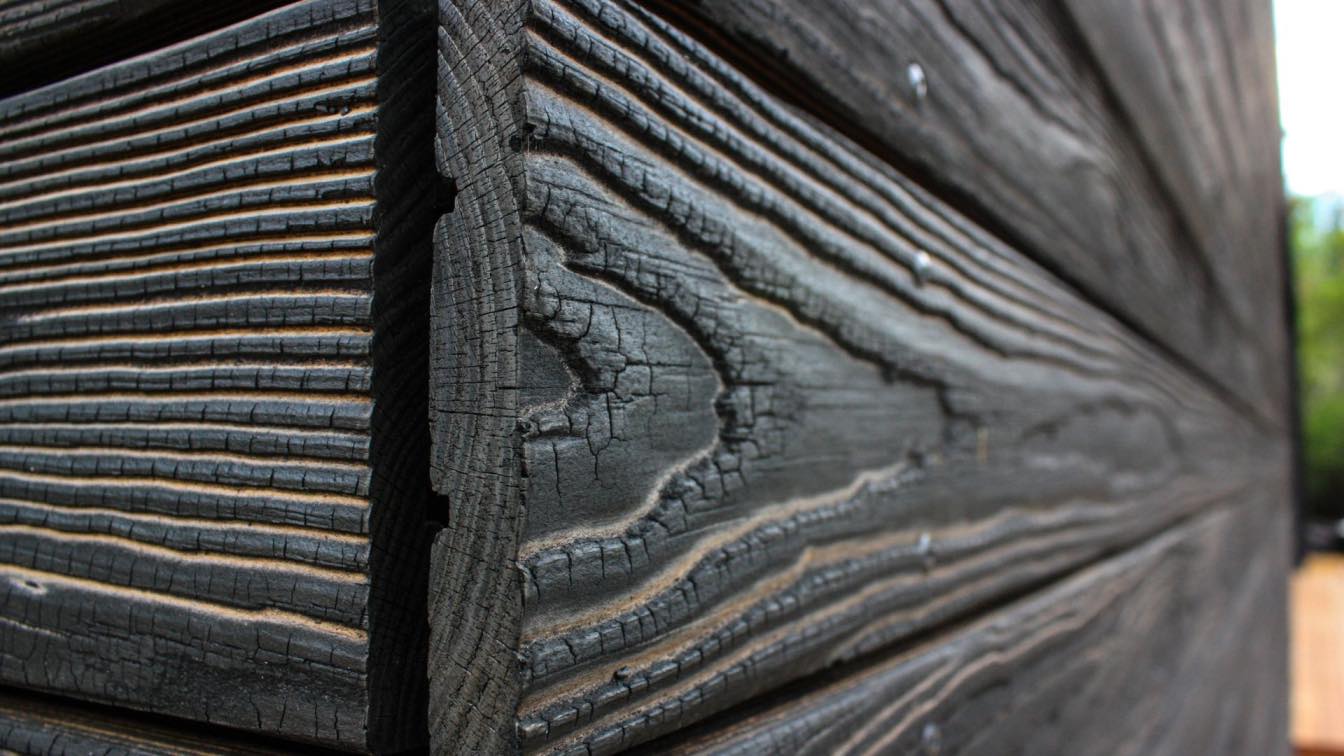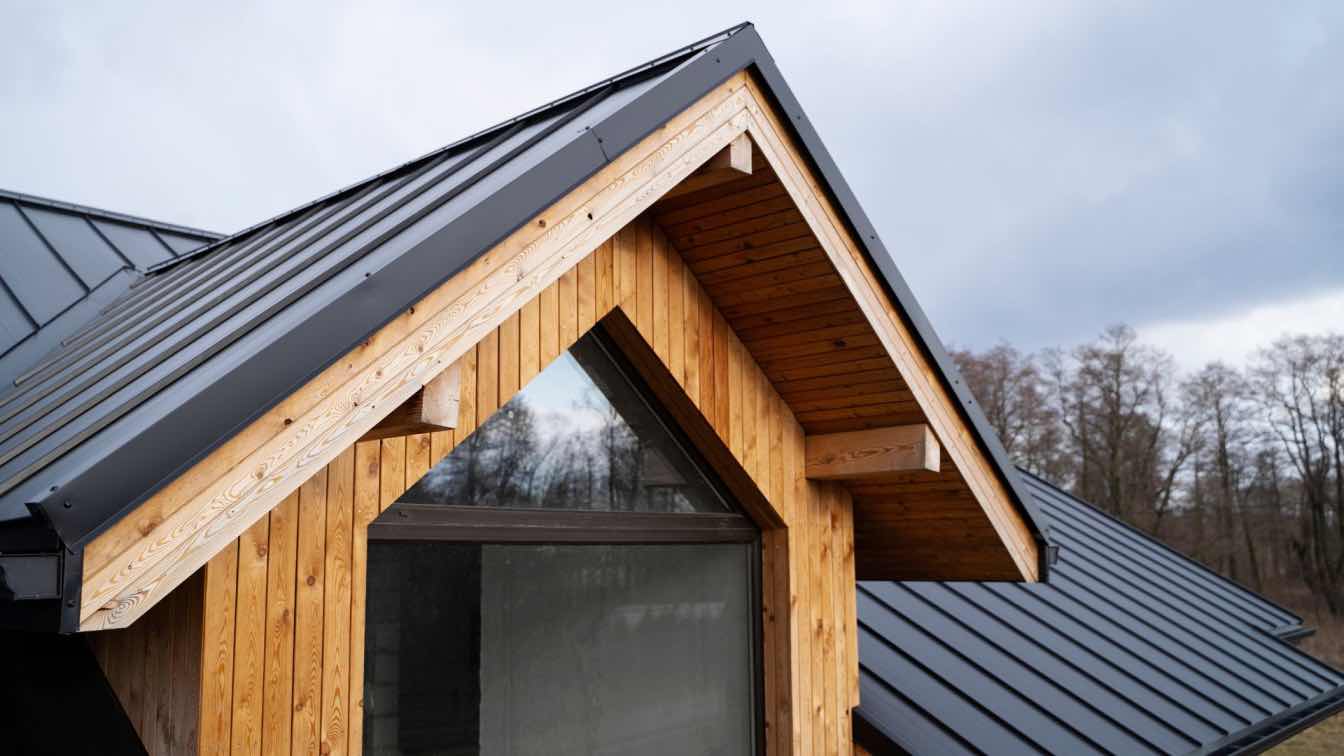Evaporator coils constitute one of the most vital components inside air conditioning systems, facilitating the cooling and dehumidification processes necessary to generate chilled, comfortable air. However, when refrigerant leaks spring in these intricate copper loops, AC performance, and indoor air quality can decline drastically. Homeowners dismissing subtle early warning signs risk needing expensive reactive repairs later for preventable breakdowns. This guide explains exactly how evaporator coils operate, outlines common causes of leaks, highlights noticeable trouble symptoms, and shares savvy preventative maintenance steps homeowners can adopt to safeguard cooling capabilities over time. Even minor upkeep adjustments substantially protect climate investments against dysfunction when hot weather inevitably returns each year.
What is an Evaporator Coil and What Does it Do?
The evaporator coil is one of the most vital components inside air conditioners. It facilitates the heat and moisture transfer processes necessary to generate cool, dehumidified air and keep interiors comfortable. It gets its name from causing the liquefied refrigerant chemicals circulating within the copper coils to boil and evaporate as heat energy transfers from warmer ambient air blowing across its extensive surface area.
Here's a more detailed breakdown of the key sequential functions happening within an evaporator coil:
Air Absorption
A squirrel cage blower fan activated by interior thermostat demand pulls indoor return air through ducting into the enclosed evaporator coil section of central AC systems. Warm air from living spaces first enters the air conditioning equipment for cooling.
Heat Exchange
As the stream of warm indoor air from home interiors passes over the cold, refrigerant-filled evaporator coils, the warm air heats the liquid refrigerant within just enough to turn it into a gas as its boiling point gets exceeded. This phase change from liquid to gas state absorbs substantial heat energy rapidly extracted out of the circulating air stream.
Moisture Removal
In addition to cooling capabilities, the evaporator coil serves a second key function—dehumidification. As warm incoming air blows over the cold evaporator coils, and temperatures drop substantially, moisture naturally suspended in humid incoming air inevitably condenses on the chilled metal surfaces, similar to water droplets forming on a glass of ice water on a hot summer day.
This moisture-condensing effect of temperature differentials wrings dampness out of circulated indoor air passing through the AC system. This strips away mugginess that would otherwise translate into uncomfortable, clammy feelings inside cooled spaces.
Cooled Air Distribution
After passing completely across always frosty evaporator coils, relinquishing heat and humidity, the now chilled and dehumidified air gets blown back through branching ductwork into living spaces by a central blower fan to maintain desired indoor thermostat set point temperatures and ideal humidity levels.
With such pivotal roles year-round regulating home comfort, indoor air quality, and energy efficiency, ensuring evaporator coils operate optimally without disruptive breakdowns or leaks remains paramount. Unfortunately, leaks do occur rather commonly as systems age and face punishing seasonal demands.
What Happens When There's an Evaporator Coil Leak?
Common consequences from refrigerant leaks in the evaporator coil include:
Reduced Cooling Capacity: As less volume of liquid refrigerant chemicals can adequately cycle through the system, absorbing and transporting heat energy away from indoor air streams, AC equipment needs to improve to lower home interior temperatures even when running continually effectively.
Moisture Issues: Lacking sufficient refrigerant circulating through the evaporator coil also substantially reduces the AC system's ability to properly condense humidity from incoming air streams. This leads to elevated indoor relative humidity ratios, promoting mold, mildew, and bacterial growth in unnoticed areas like ductwork and possibly contaminating whole homes.
Frozen Coil: Significant leaks cause liquid refrigerant inside the coil to freeze into a solid block, preventing air and refrigerant flow altogether.
Potential Health Risks: If cold-contaminated moisture from leaking coils lands on duct surfaces, hazardous mold colonies could thrive inside ductwork, disseminating spores.
Pinpointing leaks early prevents comfort and declines indoor air quality.
Signs That May Indicate an Evaporator Coil Leak
Watch for these common clues signaling evaporator coil leak :
Reduced Cooling Capacity: AC systems run nearly continuously but fail to effectively lower indoor air temperatures, pointing to loss of heat transfer inside coils.
Hissing or Bubbling Sounds: Escaping refrigerant through coil punctures or cracks makes audible noises best heard near indoor handlers.
Increased Humidity Levels: Dehumidification suffers without sufficient refrigerant volumes, and it is unable to condense moisture from incoming air adequately.
Frozen Coil: Notice heavy frost or ice buildup on coils requiring thawing services when visual accessibility allows.
Schedule annual AC tune-ups to spot early signs of wear before catastrophic leaks spring. This allows proactive versus costly reactive repairs.
Preventing Evaporator Coil Leaks
Four central strategies keep evaporator coils functioning at peak conditions:
Schedule Regular Maintenance: Professional preventative tune-ups evaluate refrigerant levels, coil integrity, and airflow obstructions, minimizing leaks. Most recommend checks before peak summer and winter seasons. Don't let years lapse between visits.
Keep the Area Around Your AC Unit Clean: Avoid stacking debris against evaporator components, which can lead to corrosion or pest infestations and, over time, compromise system integrity. Trim back dense foliage, too.
Maintain Proper Humidity Levels: Ensuring home relative humidity stays below 60 percent inhibits moisture damage to coils and limits musty air quality from elevated humidness when coils occasionally fail.
Replace Air Filters Regularly: Clogged air filters force systems to work harder, causing excess wear. Stick to recommended filter replacement intervals—generally every 90 days—to prevent obstructed airflow across critical evaporator coils.
With attentive homeowners ensuring peak operating conditions, evaporator coils effectively regulate comfortable conditions for years through blistering summers ahead. Be sure to schedule comprehensive AC inspections and maintenance before full failure. Beat intensifying heat waves by taking prudent steps now to preserve your cooling system. Consult trusted AC repair specialists to assess your system's health and the next best service actions. Stay cool!
Conclusion
Within intricate labyrinths of air conditioning systems, the unassuming evaporator coil performs the essential function of cooling and dehumidifying circulated indoor air during scorching, humid weather. However, compromised, leaking coils directly translate into declining cooling capabilities and elevated energy expenses from air conditioners trying to compensate against inevitable performance declines. Homeowners can take proactive maintenance steps by understanding evaporator coil locations and functions and catching worrying symptoms early before catastrophic leaks form, extending the system lifespan through blistering summers ahead. Take properly functioning cooling equipment seriously in an era of spiraling temperatures and intensified weather events.





